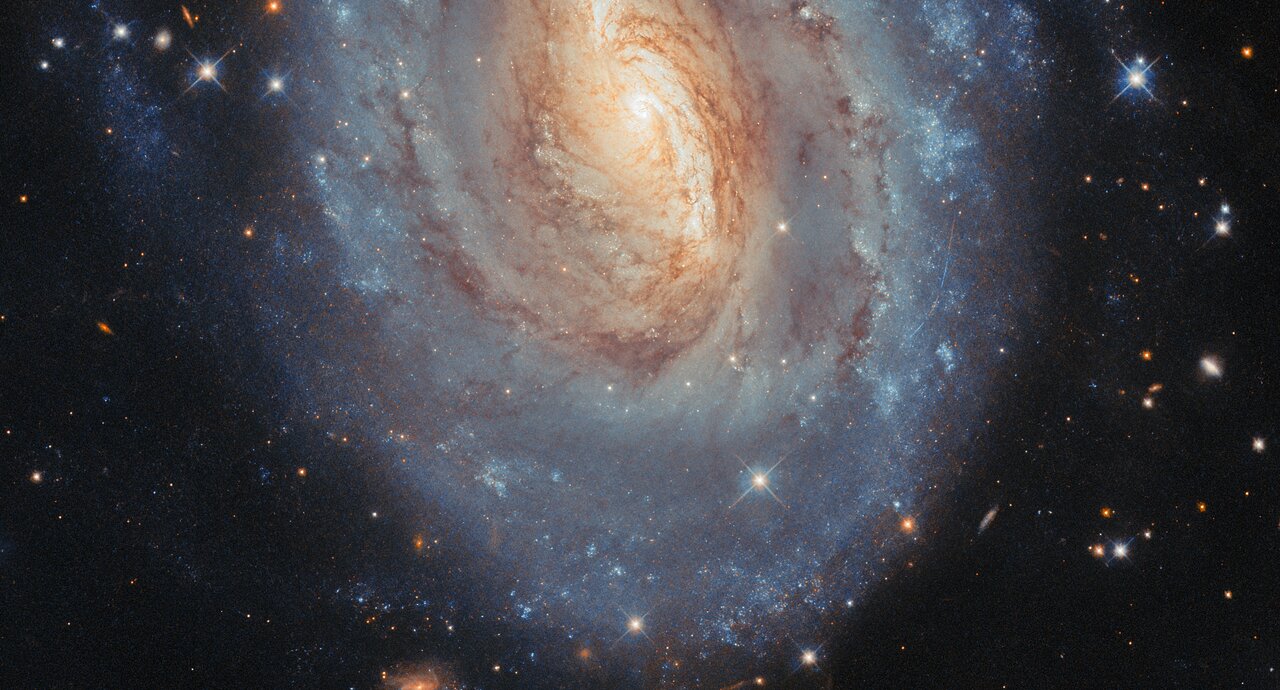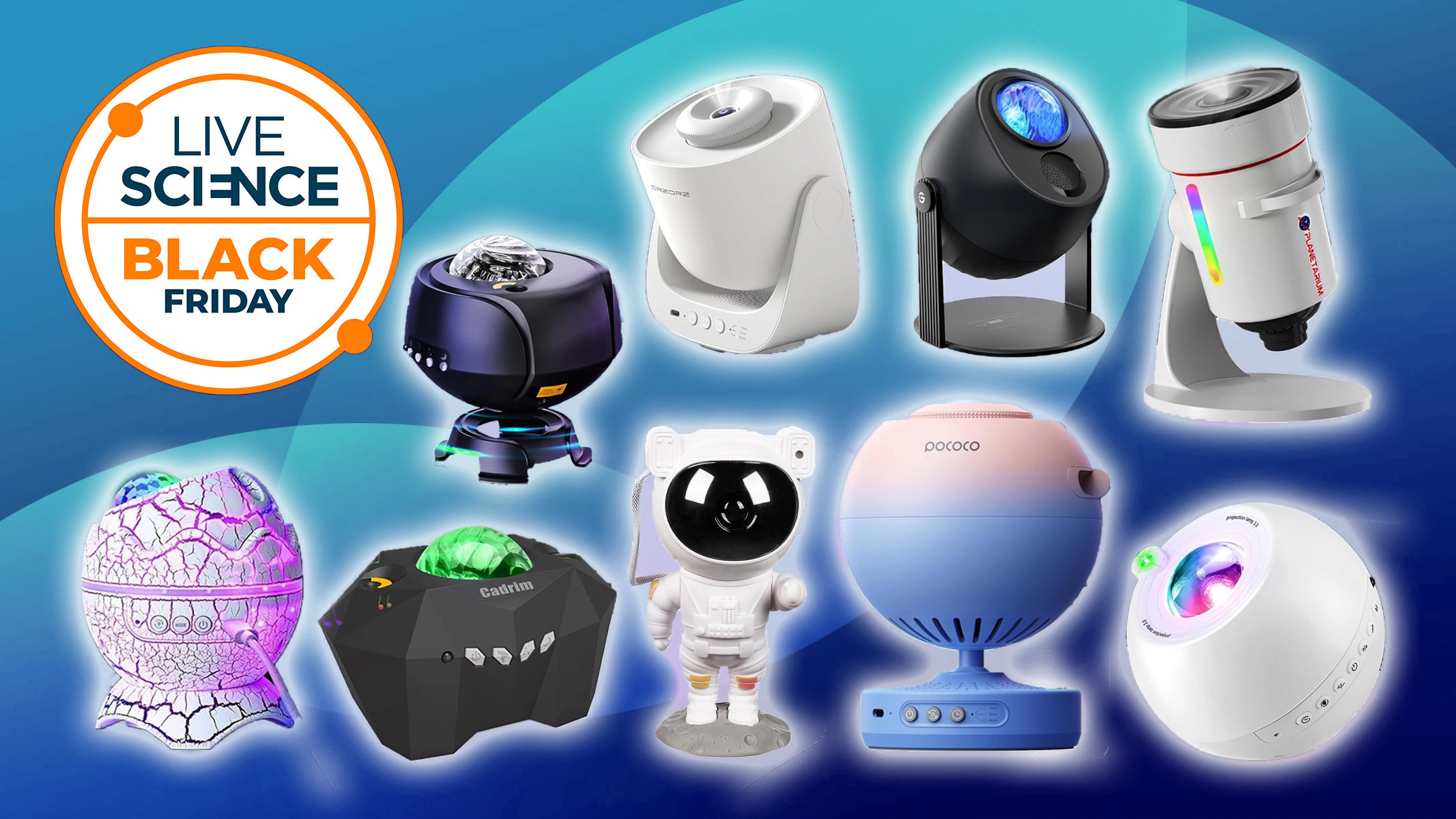Hubble went supernova hunting — and found something unexpected: Space photo of the week
The Hubble Space Telescope reveals how color filters tease out the life cycles of stars in spiral galaxy NGC 6000 — while a surprise asteroid streaks through the frame.

What it is: NGC 6000, a spiral galaxy
Where it is: 102 million light-years away in the constellation Scorpius
When it was shared: Sept. 29, 2025
Here’s a story for the ages — or maybe a story of the ages.
The Hubble Space Telescope’s latest image, of barred spiral galaxy NGC 6000, is rich in yellow at its center and blue on its outskirts, but it’s what these colors reveal about the ages, masses and temperatures of the galaxy’s stars that makes the portrait truly fascinating.
The yellow tells the story of the center of NGC 6000, where stars are old, small and relatively cool. These stars have been shining for billions of years. In astronomy, cool stars are red, while the hottest stars are blue. The latter dominate the outskirts of this galaxy, where its spiral arms are filled with stars that are younger, hotter and larger. These stars are cosmic newborns.
The image, which is also available as a panning video, was produced while Hubble searched for supernova explosions — hence the incomplete framing. The aging space telescope targeted the faint glow of supernovas called SN 2007ch and SN 2010as, stars that exploded in 2007 and 2010, respectively.
However, while imaging NGC 6000, Hubble also captured something else entirely. Look on the right-hand side of the image, and four faint broken lines can be seen — the path of an asteroid that drifted across Hubble’s field of view as it took four long-exposure images of NGC 6000. The broken lines are red and blue because Hubble used red and blue filters to collect visible light, which makes it easier for astronomers to compare stars by their colors.
Although it’s in the constellation Scorpius, which is visible in summer from the Northern Hemisphere, NGC 6000 lies south of the celestial equator, according to The Sky Live. That means it’s more easily visible from the Southern Hemisphere. However, to glimpse it requires at least a 10-inch aperture telescope and a dark sky.
For more sublime space images, check out our Space Photo of the Week archives.
Get the world’s most fascinating discoveries delivered straight to your inbox.

Jamie Carter is a freelance journalist and regular Live Science contributor based in Cardiff, U.K. He is the author of A Stargazing Program For Beginners and lectures on astronomy and the natural world. Jamie regularly writes for Space.com, TechRadar.com, Forbes Science, BBC Wildlife magazine and Scientific American, and many others. He edits WhenIsTheNextEclipse.com.
You must confirm your public display name before commenting
Please logout and then login again, you will then be prompted to enter your display name.
